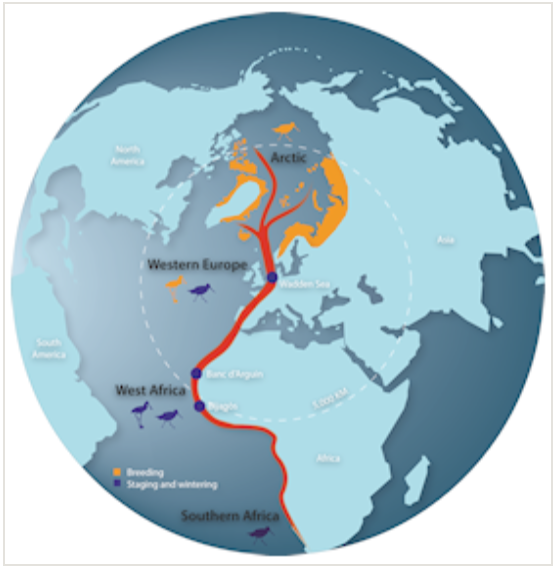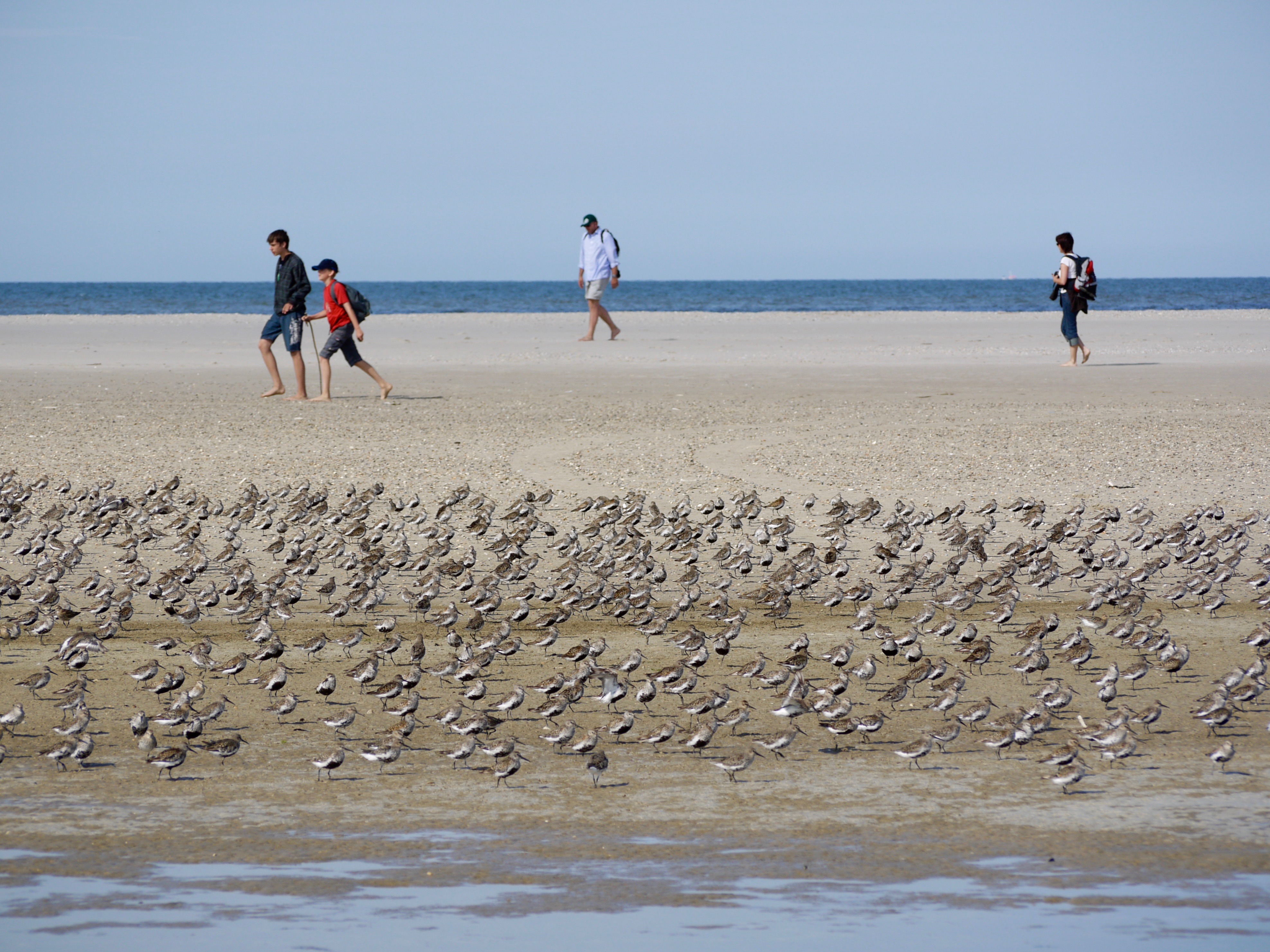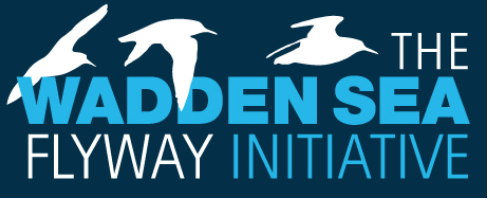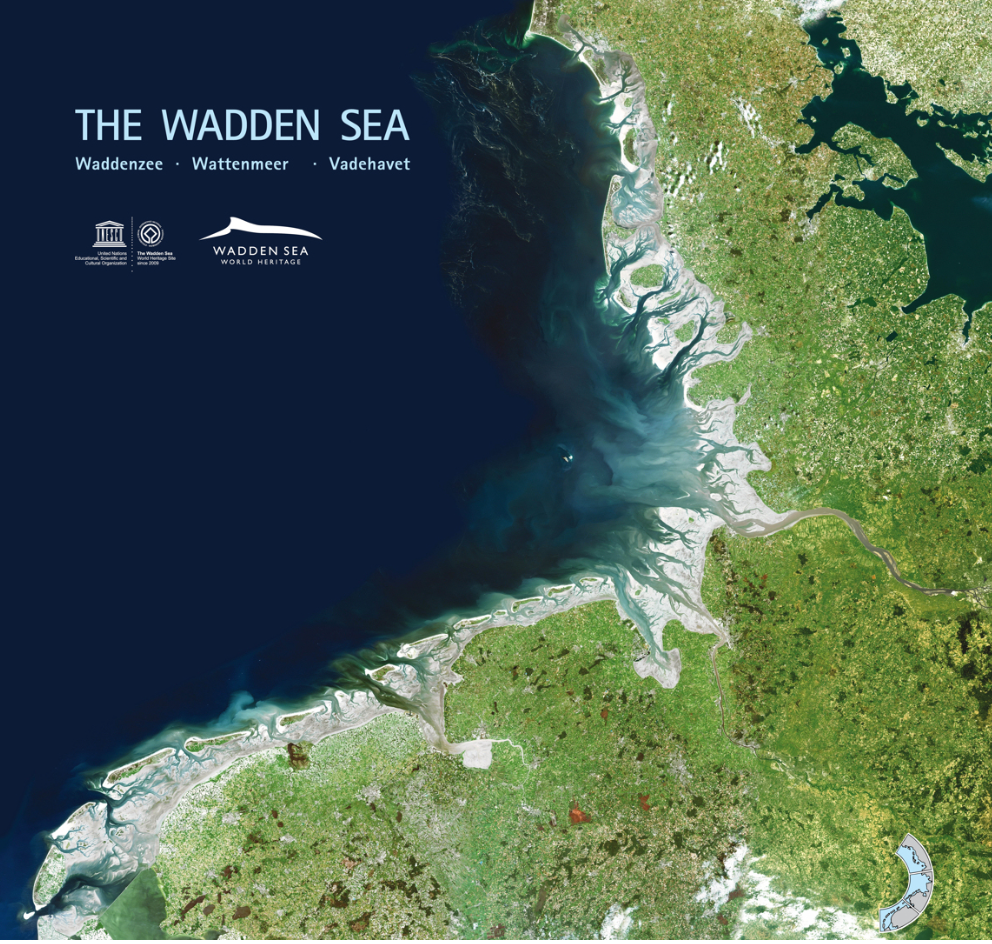The International Wadden Sea, which belongs to the Netherlands, Germany and Denmark is already described as a prominent LT&C-Example. For over 25 years the Common Wadden Sea Secretariat (CWSS) has been coordinating and facilitating the cooperation of Denmark, Germany and The Netherlands to jointly protect and manage the Wadden Sea as a unique natural site shared by the three countries.
With the inscription of the Wadden Sea on the World Heritage List in 2009, cooperation with the tourism sector was intensified, resulting in a strategy for “Sustainable Tourism in the Wadden Sea World Heritage Destination”. The Strategy was signed by all relevant tourism stakeholders, statutory bodies and green NGOs at the 12th Trilateral Governmental Conference, held in Tønder, Denmark, in March 2014.
Concluded in 2015, the partnership between LT&C aims to help showcase and promote the role and responsibility of tourism in nature conservation, and the mutual benefits nature and businesses can derive from this engagement.

The Wadden Sea – World Wide Unique
The Wadden Sea is located in the South Eastern part of the North Sea. It stretches from Den Helder in the south western part along the barrier islands of the Dutch coast, the German Bight and the Danish coast to Blåvandshuk in the north eastern part.
The Wadden Sea is the largest unbroken system of intertidal sand and mud flats in the world, with natural processes undisturbed throughout most of the area. It encompasses a multitude of transitional zones between the land, sea and freshwater environment, and is rich in species specially adapted to the demanding environmental conditions. It is considered one of the most important areas for migratory birds in the world, and is connected to a network of other key sites for migratory birds. Its importance is not only in the context of the East Atlantic Flyway but also in the critical role it plays in the  conservation of African-Eurasian migratory waterbirds. In the Wadden Sea up to 6.1 million birds can be present at the same time, and an average of 10 to12 million birds pass through it each year.
conservation of African-Eurasian migratory waterbirds. In the Wadden Sea up to 6.1 million birds can be present at the same time, and an average of 10 to12 million birds pass through it each year.
UNESCO World Heritage Site
The Wadden Sea has been designated as a UNESCO World Heritage Site for its outstanding geomorphological and ecological values. Information on the Wadden Sea World Heritage nomination can be downloaded here.
Wadden Sea Landscape – young and unique
The Wadden region is relatively young. It only formed during the post-glacial period, around 7000 years ago. Even now, sandbanks and dunes are still forming and eroding in a rapid tempo. The dynamics of the area are unique. You can still find landscapes in all phases of development. Even today with your own eyes, you can see and experience how landscapes were created in the glacial period.

Common area of interest
A common area of interest between CWSS and LT&C is to work with other countries along the East Atlantic Flyway of coastal birds to help in building up more examples of tourism supporting protected areas, such as the Banc d’Arguin national park in Mauritania or the Bijagos Island national park in Guinea Bissau. This fits also well with the Wadden Sea Flyway Initiative.




